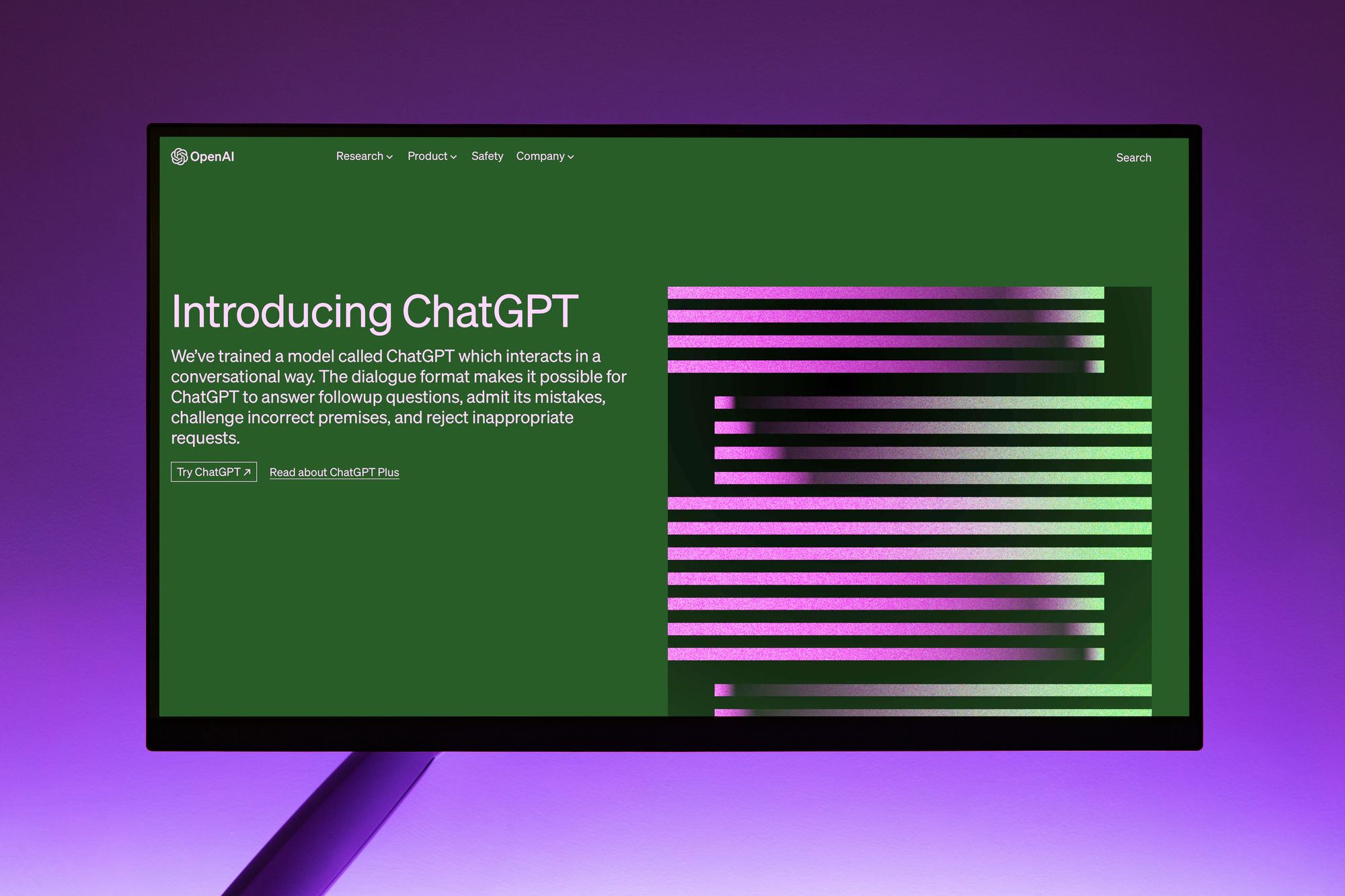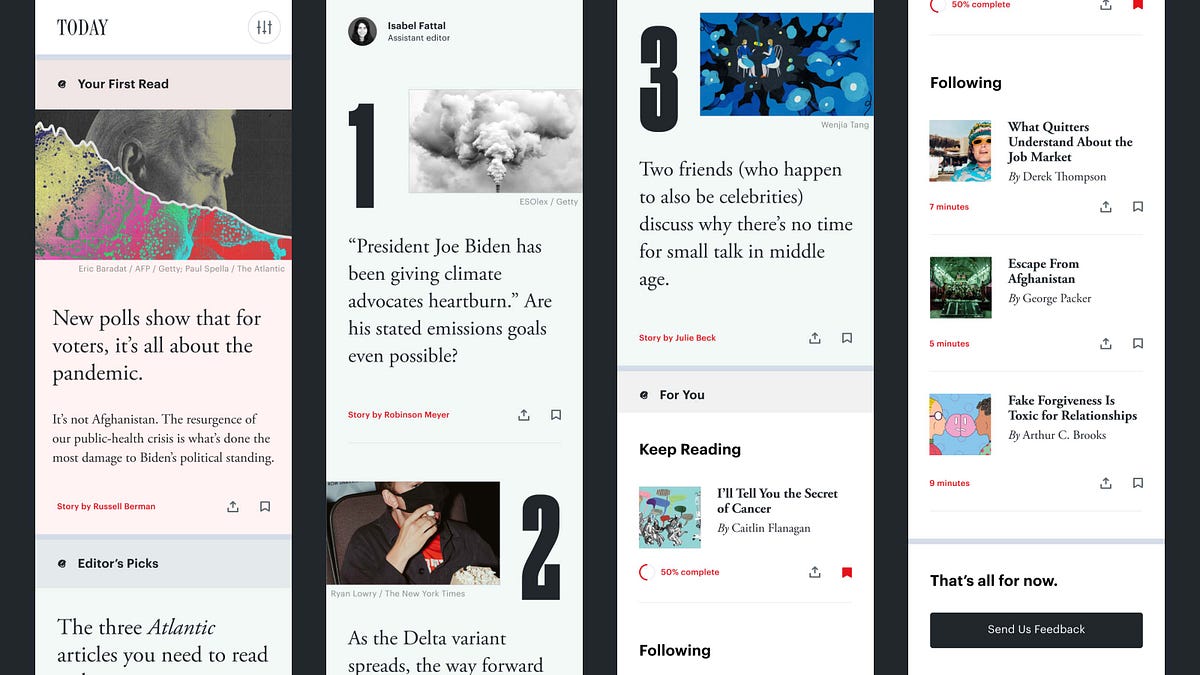The rise of digital media has introduced new challenges for news organizations, as they grapple with increased competition and the need to produce content quickly and efficiently.
Artificial intelligence (AI) has emerged as a powerful ally for newsrooms, helping to streamline processes, automate repetitive tasks, and enhance overall efficiency. In this installment of our series on "The AI Newsroom Revolution," we will explore the various ways in which AI can be harnessed to boost newsroom efficiency, focusing on content curation and personalization, AI-driven editorial tools, automating repetitive tasks, and improving collaboration between journalists and AI systems.

AI for Content Curation and Personalization
One of the key areas where AI can help enhance newsroom efficiency is in content curation and personalization. By analyzing user behavior and preferences, AI-driven algorithms can tailor content recommendations for individual readers, helping news organizations better serve their audiences and foster reader loyalty. Some of the ways AI can be employed for content curation and personalization include:
Recommendation engines: AI-powered recommendation engines analyze user data to suggest relevant content to readers, boosting engagement and time spent on the site.

Content clustering: AI algorithms can identify and group similar content based on various factors, such as topic, sentiment, or style, making it easier for newsrooms to curate and organize their content.
Personalized newsletters: AI-driven tools can generate personalized newsletters for subscribers, ensuring that readers receive content that is most relevant to their interests.

Dynamic content layout: AI can be used to optimize the layout of content on websites and apps, presenting readers with a more engaging and personalized user experience.
AI-Driven Editorial Tools
AI-driven editorial tools can help newsrooms streamline their content creation processes and enhance the quality of their output. Some notable examples include:
Automated proofreading: AI-powered proofreading tools can identify and correct grammatical errors, inconsistencies, and other issues in text, enabling journalists to produce polished content more efficiently.
AI-assisted research: AI algorithms can help journalists quickly gather relevant information from a vast array of sources, saving time and ensuring comprehensive research.
Content optimization: AI-driven tools can analyze and optimize headlines, images, and other elements of content, ensuring that articles are more likely to resonate with readers and perform well on search engines and social media platforms.
Automating Repetitive Tasks with AI
By automating repetitive tasks, AI can free up journalists to focus on more important aspects of their work, such as in-depth reporting, analysis, and storytelling. Some of the tasks that can be automated using AI include:
Data entry and transcription: AI-driven tools can automatically transcribe audio and video content, as well as automate data entry tasks, saving journalists considerable time and effort.
Social media management: AI-powered tools can help newsrooms schedule and manage their social media content, ensuring consistent and timely updates across various platforms.
Content tagging and categorization: AI algorithms can automatically assign relevant tags and categories to articles, streamlining the organization and searchability of content.
Routine reporting: As mentioned earlier, AI-driven content generation tools can create articles based on structured data, such as financial reports or sports scores, allowing journalists to focus on more complex and nuanced stories.
Improving Collaboration between Journalists and AI Systems
For AI to truly enhance newsroom efficiency, it is crucial to establish effective collaboration between journalists and AI systems. This involves:
Training and education: Ensuring that journalists are well-versed in AI technologies and understand how to utilize them effectively is essential for successful collaboration. This may involve offering training sessions, workshops, or online resources to help journalists develop the necessary skills and knowledge.
Transparent and user-friendly interfaces: AI-driven tools should be designed with user-friendly interfaces that clearly communicate how the system works, its limitations, and the rationale behind its recommendations. This transparency helps build trust and facilitates smoother collaboration between journalists and AI systems.
Establishing guidelines and best practices: Newsrooms should develop guidelines and best practices for working with AI systems, which may include recommendations for human oversight, ethical considerations, and contingency plans for addressing potential issues that may arise.
Encouraging feedback and iterative development: Journalists should be encouraged to provide feedback on AI-driven tools, enabling developers to make improvements and ensure that these systems continue to meet the evolving needs of the newsroom.
AI has the potential to significantly enhance newsroom efficiency by streamlining content curation and personalization, automating repetitive tasks, and improving collaboration between journalists and AI systems. By embracing these technologies and addressing the associated challenges, news organizations can stay ahead of the curve and navigate the rapidly changing landscape of journalism more effectively.






